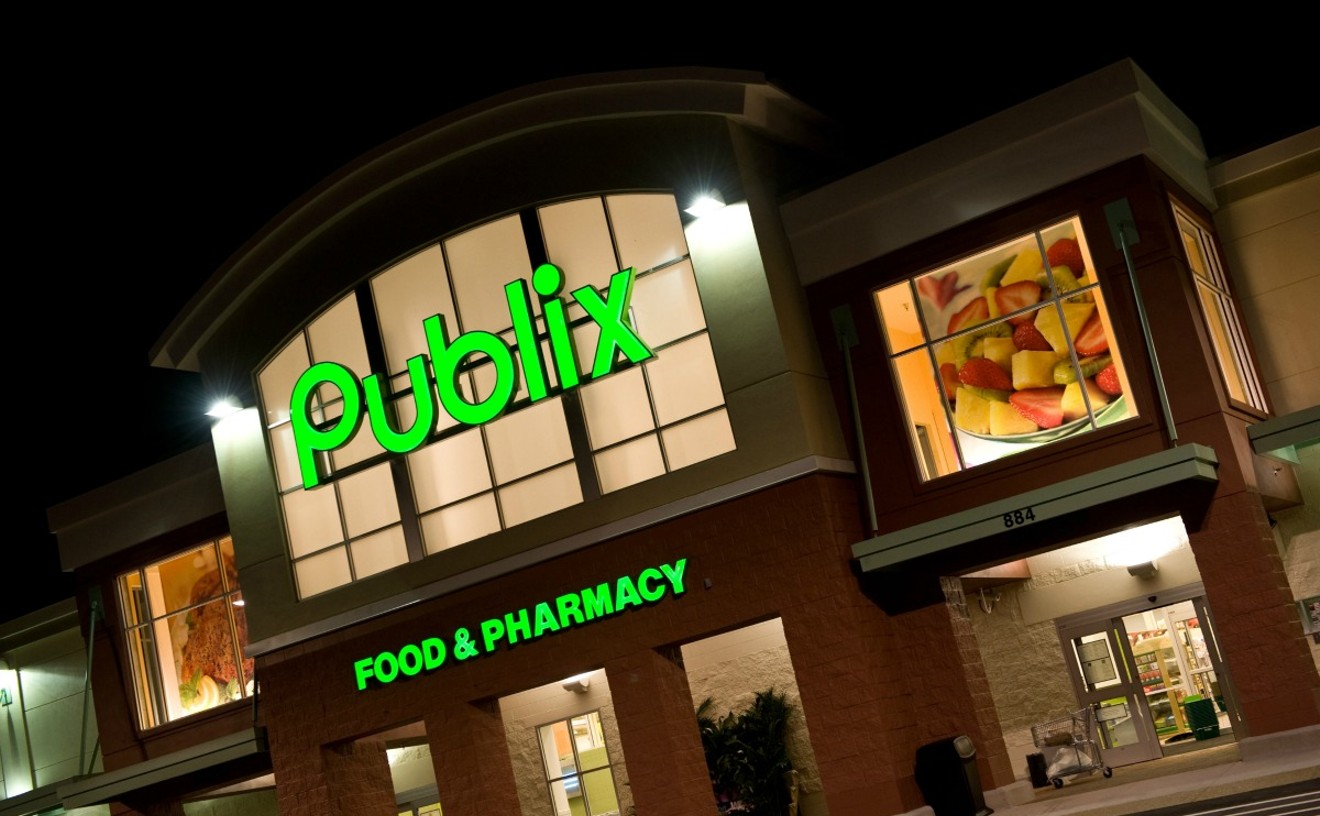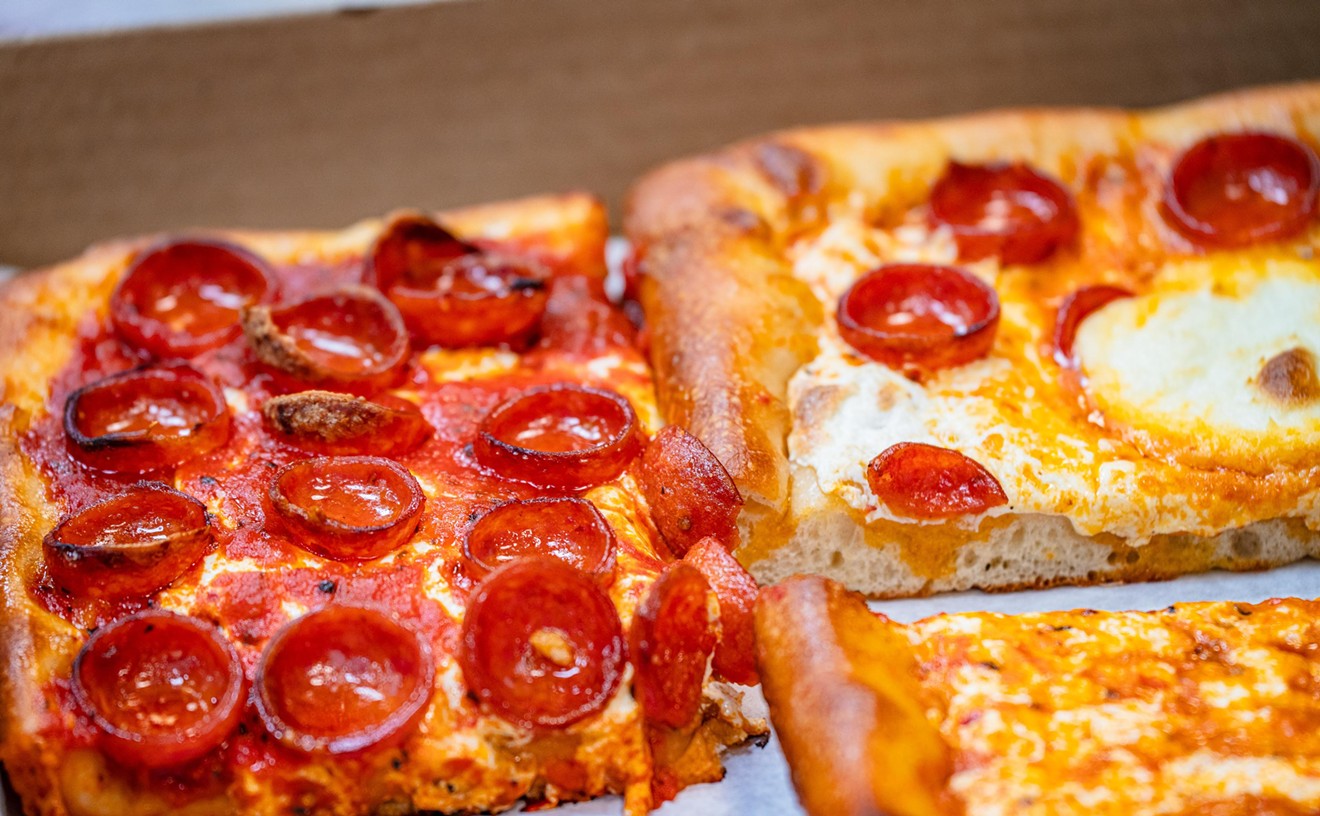Red the Steakhouse chef/partner Peter Vauthy invited Short Order into his kitchen to watch the arrival of about 90 pounds of Wagyu beef. We asked him to explain Wagyu versus Kobe and why we should pay top dollar for the Wagyu experience.
Vauthy gets his meat from Lone Mountain Ranch in New Mexico, which has 100 percent pure Japanese bloodlines. Vauthy says many ranches introduce Angus beef or something else into the bloodlines because it's easier. Lone Mountain imprints the nose of each animal to ensure correct identification -- sort of a bovine fingerprint.
The cattle are raised using the traditional Japanese method, which means no stress and free access to grazing. The animals are fed a vegetarian diet, unlike some other cattle, which are fed ground-up beef.
They're shipped from the ranch humanely, not in crowded cars, and are allowed to rest for a few weeks and chill out in Iowa before they're processed. "I want to be one of these cattle -- except I don't want to be killed," Chef Vauthy quips, large knife in hand. How did he learn about this boutique ranch in the Southwest?
"When Japanese Kobe beef was no longer available, a colleague in California said that this ranch was doing something very similar with their small-production cattle and that I should look into it," says Vauthy, who also clarifies the difference between Kobe, Kobe-style, and Wagyu.
"This is Wagyu beef. We call it Kobe-style, at Red. A lot of restaurants here in the United States still have Kobe beef on their menu, and that's not possible. There's been no Kobe beef available in the United States for at least 18 months, and it may be longer than that. Outside of Japan, if a restaurant says they serve Kobe beef, that meat's either been frozen for two years or they're saying it is and it's not," he explains.
There's a lot of waste too, a result of butchering 90 pounds of beef into steaks. Smaller pieces of meat will be ground into a Kobe-style tartare.
The primary benefit of eating Wagyu beef, besides a way to show off to business associates or a carnivorous date, is the flavor. "The Wagyu bloodline is 100 percent pure, so it's as close to Japanese as you can get. It's the crème de la crème of all steaks," says the chef, who adds that though all of his steaks are topnotch, Wagyu is a different level of dining.
"These cows are played music. The vegetarian diet and the stress-free environment creates enzymes that enhance the meat. It literally will melt in your mouth. Let's put it this way -- if you were to eat me, I'd be tough and disgusting," he says.
We'll stick to the steak.
on Facebook and Twitter @Short_Order.











